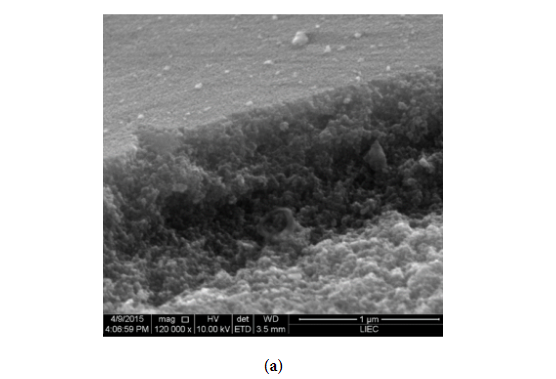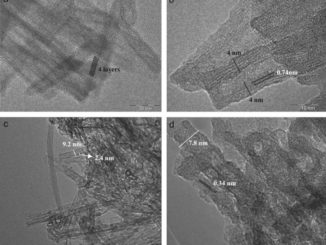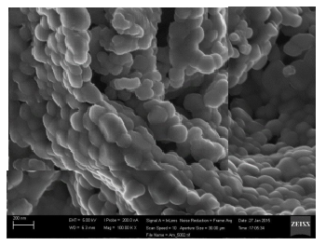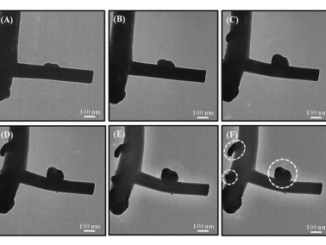
Blue to Yellow Photoluminescence Emission and Photocatalytic Activity of Nitrogen Doping in TiO2Powders
Abstract: The defects caused by doping are important for understanding the increased photocatalytic activities of TiO2:N in organic reactions and in the evaluation of OH radical production after doping. TiO2:N was therefore synthesized using a modified polymeric method and N doping was performed by calcination with urea. The resulting powders were characterized using field emission scanning electron microscopy, X-ray diffraction, diffuse reflectance spectroscopy, Raman spectroscopy, Fourier transformation infrared spectroscopy, and photoluminescence emission spectroscopy (PL). N doping did not alter the morphology of the nanoparticles, and the anatase phase predominated, with the retention of the rutile phase. The band gap values, superficial areas, and crystallite sizes of the powders decreased after doping. The PL results showed an additional energy level in the TiO2:N band gap structure as a result of TiO2 lattice defects caused by doping. At low N contents, the powders showed continuous emissions from the blue region to the yellow region and a high N content shifted the PL emissions to the red region. These results suggest that the use of these powders could increase the efficiencies of solar cells and water-splitting processes. The photocatalytic activity of the powders under UVC illumination was confirmed for different organic dye molecules. The OH radical production did not change extensively after doping, as shown by experiments with terephthalic acid, and higher photocatalytic efficiencies in Rhodamine-B degradation under UVC illumination were achieved using the doped samples.
Author(s): Byzynski, Gabriela; Ribeiro, Caue; Longo, Elson
International Journal of Photoenergy
Published: 2015
DOI: http://dx.doi.org/10.1155/2015/831930




